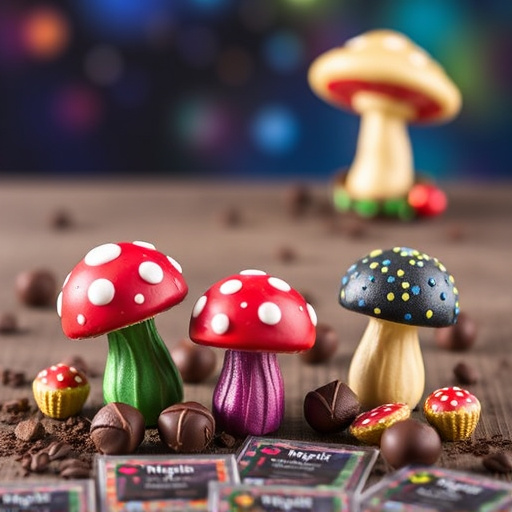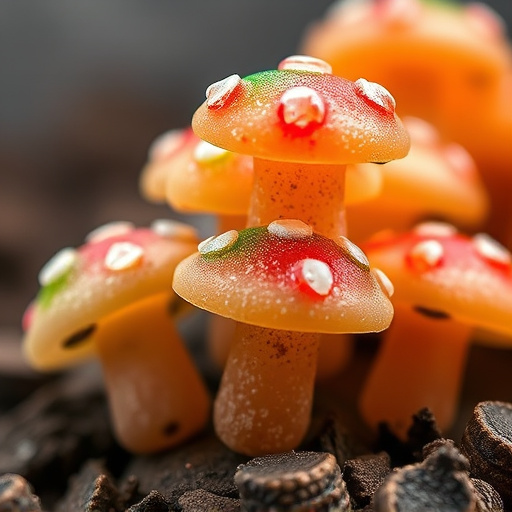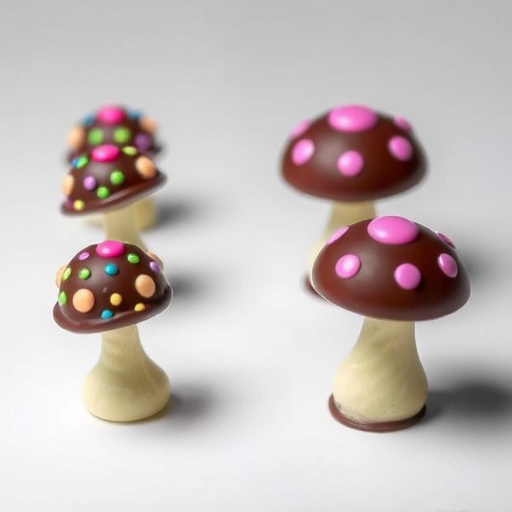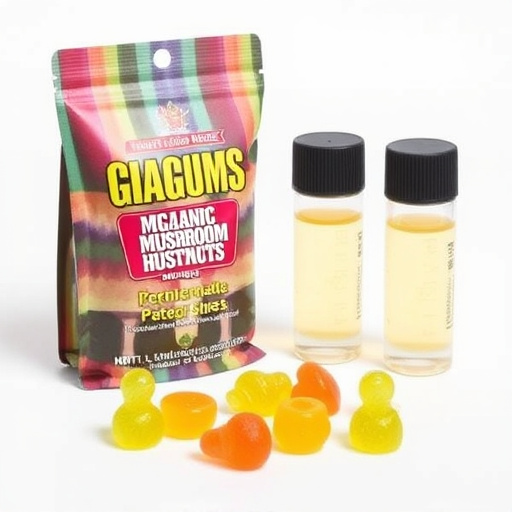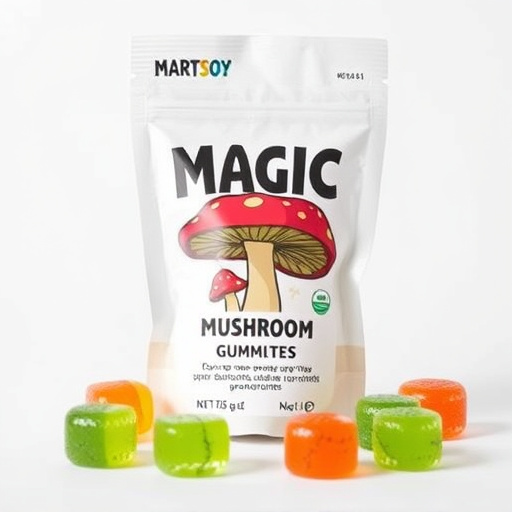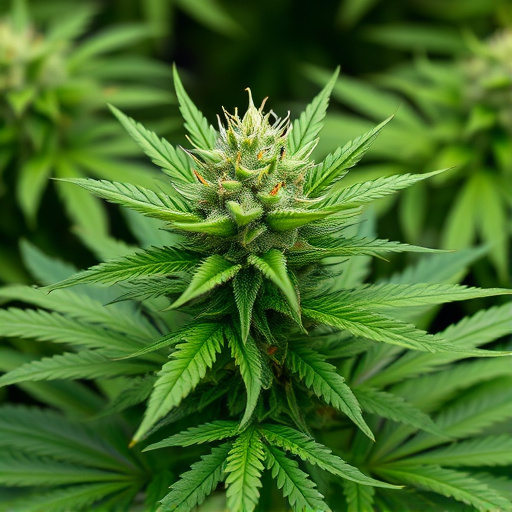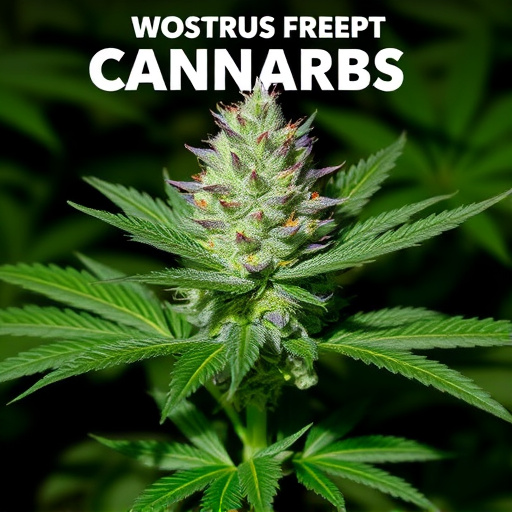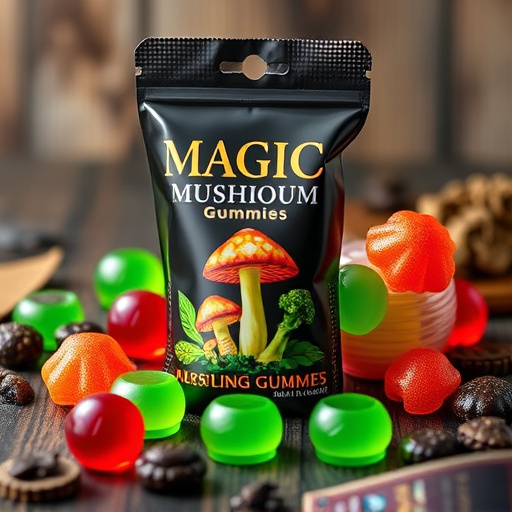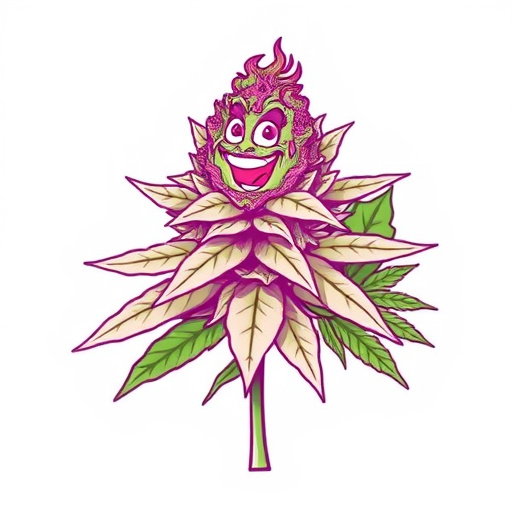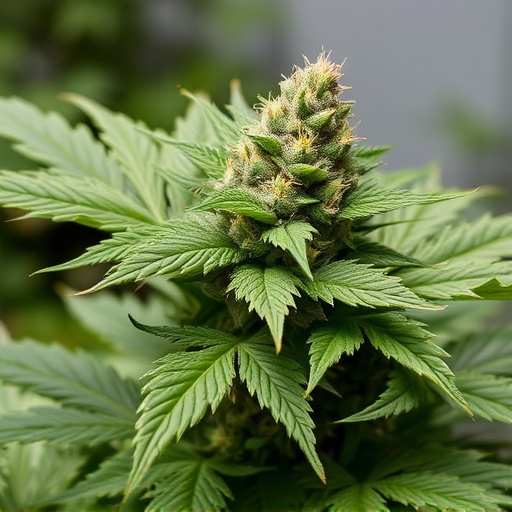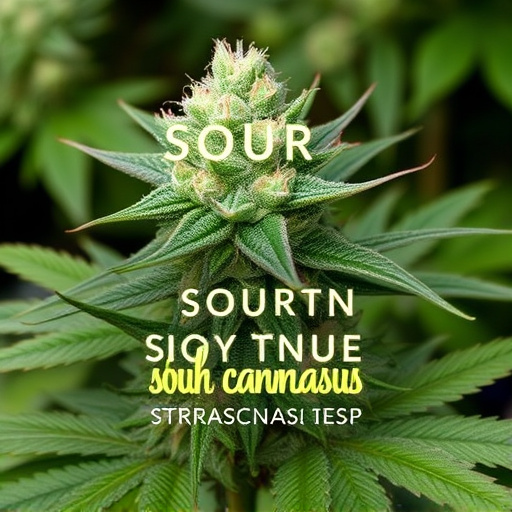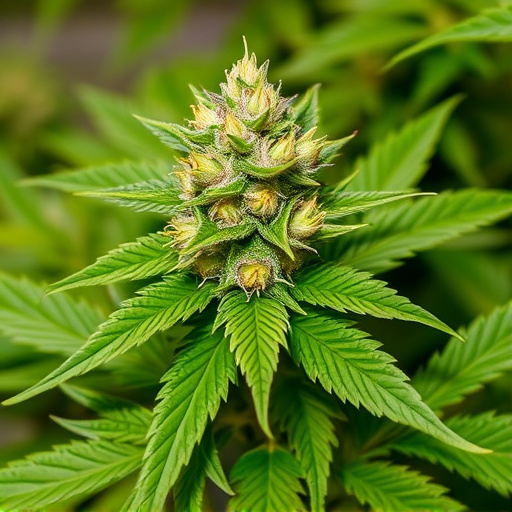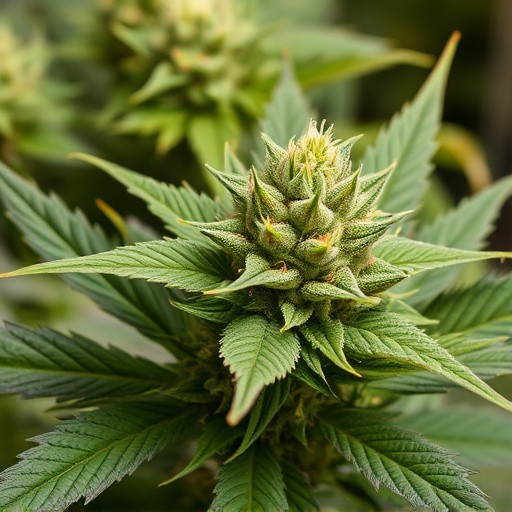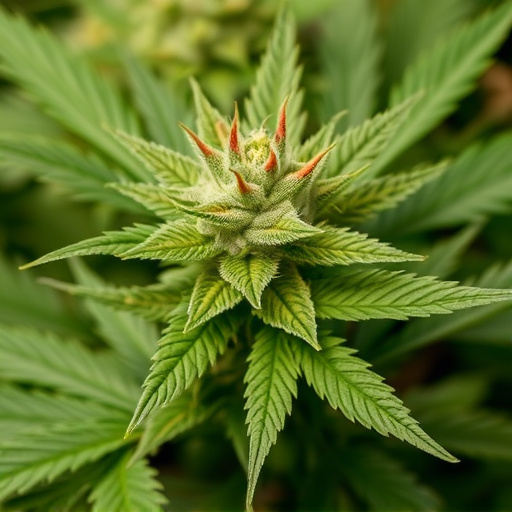Sour cannabis strains require meticulous cultivation and harvesting practices to maximize their potent cannabinoid content. The process begins with triggering floral transition, followed by weeks of bud development into dense, resinous structures rich in THC-A (the precursor to THC). Optimal harvest time is crucial to prevent degradation. Proper storage, including curing and airtight containers, is essential to preserve potency, ensuring high-quality cannabis products for consumers.
Discover when cannabis flowers lose potency, exploring the science behind its declining strength over time. Understanding the critical flowering stages of plants is key to harnessing peak efficacy. This article delves into the factors uniquely affecting sour cannabis strains and offers strategies to preserve their valuable cannabinoids. Learn how to maximize the benefits of these potent plants before their potency wanes.
- Understanding Cannabis Flowering Stages
- Factors Affecting Potency Decline in Sour Strains
- Strategies to Preserve and Maximize Cannabinoid Content
Understanding Cannabis Flowering Stages
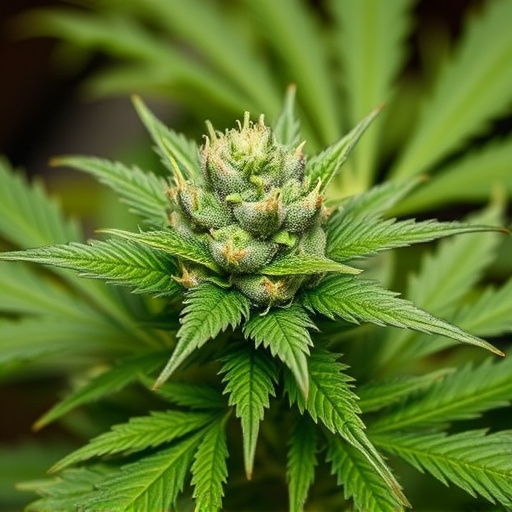
Cannabis plants undergo several stages during flowering, which is the critical period where the plant develops its iconic bud structures and produces cannabinoids like THC and CBD. Understanding these stages is essential for cultivators aiming to optimize their harvest’s potency. The process begins when plants enter the floral transition phase, triggered by environmental cues such as decreased light exposure or specific nutrient deficiencies. During this stage, the plant redirects its energy from vegetative growth to producing flowers.
Over several weeks, cannabis flowers develop from tiny buds into dense, resinous buds filled with potent compounds. This is where the term “sour cannabis strains” comes into play, referring to varieties known for their high concentrations of acidic terpenes and potent cannabinoids. The flowering period can vary based on strain genetics and cultivation conditions, but cultivators typically aim to harvest when trichomes—glandular hairs on the buds—are milky or amber in color, indicating optimal cannabinoid production and potency.
Factors Affecting Potency Decline in Sour Strains
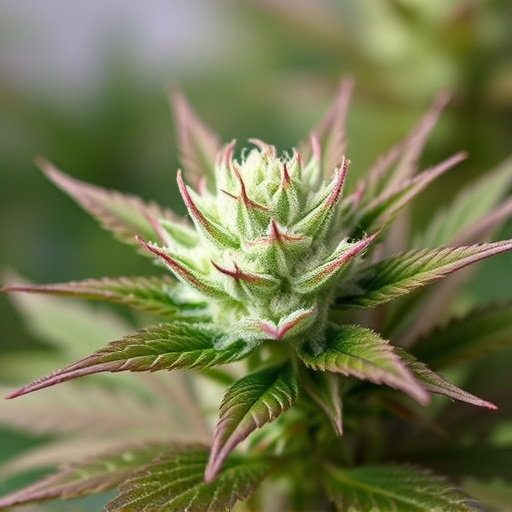
The potency of cannabis flowers, especially in sour strains, is influenced by several factors that contribute to their decline over time. One key factor is the growing environment, which plays a significant role in determining the final terpene and cannabinoid profile. Sour strains, known for their distinctive tangy aroma, often contain higher levels of acidic cannabinoids like THC-A, which can degrade into less potent THC over time.
Another critical aspect is the harvest time. Cannabis flowers are typically harvested when they reach optimal maturity, but early or late harvesting can impact potency. Pre-maturely harvested plants may not have fully developed their cannabinoids, while post-maturity harvests risk higher levels of degradation. Additionally, storage conditions after harvest significantly affect potency retention. Exposure to light, heat, and oxygen accelerates the breakdown of cannabinoids, making stored cannabis less potent over extended periods.
Strategies to Preserve and Maximize Cannabinoid Content
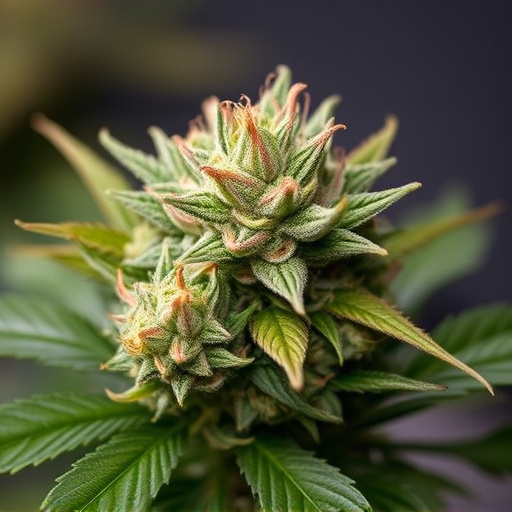
Preserving the potency of cannabis flowers is an art, especially for those who source their medicine from sour cannabis strains. To maximize cannabinoid content, growers and consumers can employ several strategies. One key method is to maintain optimal growing conditions throughout the life cycle of the plant, ensuring proper temperature, humidity, and light exposure. These environmental factors play a crucial role in determining the final cannabinoid profile.
Another effective approach is careful curing and storage. After harvesting, cannabis should be cured for several weeks to allow moisture to evaporate naturally. This process preserves terpenes and cannabinoids, enhancing overall potency. Storing the cured buds in airtight containers, kept cool and dark, further ensures that the plant’s power remains intact for extended periods.
As we’ve explored, understanding the flowering stages of cannabis, particularly in sour strains, is key to recognizing when potency begins to wane. By being aware of factors like environmental conditions and genetic predispositions that impact cannabinoid degradation, growers can implement strategies to preserve and even enhance the desired effects. With proper care, it’s possible to extend the potency of sour cannabis strains, ensuring consumers enjoy a consistent and powerful experience.
